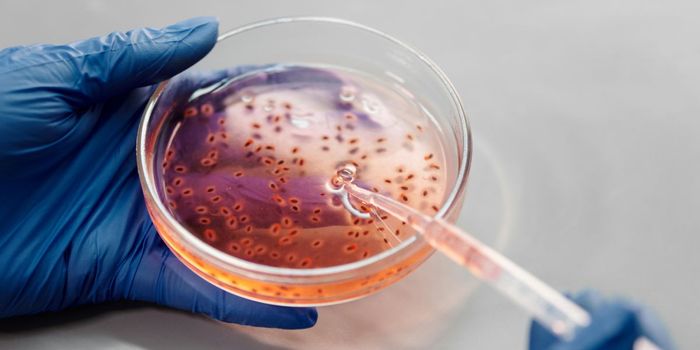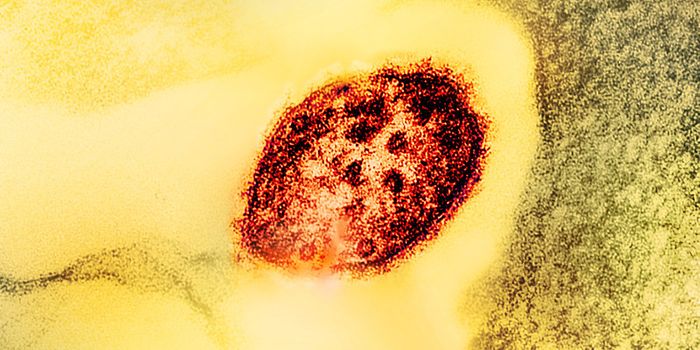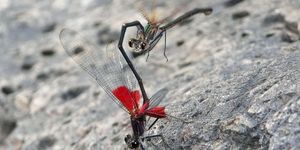Health & Medicine
Why is diabetes killing so many teenagers?
APR 30, 2015 3:45 PM PDT
Share
Chalk Up Another One for Microbes: Cleaning Up the BP Oil Spill
 This must be the year (or decade) of the microbe.
This must be the year (or decade) of the microbe.Microbiologists must be feeling pretty smug these days. It seems that microbes are in the news every day. The microbiome has captured the interest of scientists, environmentalists, and health food enthusiasts. It has been given credit for our health and blamed for psychological problems. There are microbiome implants, a microbiome journal and even a human microbiome project sponsored by the NIH.
Now, results are coming in as to how well microbes are doing on cleaning up the massive British Petroleum Deepwater Horizon/Macondo oil spill.
Cleaning up oil spills is nothing new to microbes. The technology has been around for some time, and it's available to anyone. You can buy microbes for cleaning up oil from on Amazon and from UHAUL. By all accounts these microbial clean up products work pretty well. And according to an article in the April 28 issue of Scientific American, it sounds like oil-eating microbes did a good job on the 2010 BP oil spill.
The article quotes biogeochemist Chris Reddy of the Woods Hole Oceanographic Institution: "The microbes did a spectacular job of eating a lot of the natural gas. The rate and capacity is a mind-boggling testament to microbes."
As this quote suggests, microbes are most effective at eating relatively small hydrocarbons such as those found in natural gas, so they did well at cleaning up Louisiana light, which is made up of sweet crude oil mixed with natural gas. It also helped that many of these smaller molecules are water soluble. In the case of the BP oil spill, ocean currents continuously mixed the oil with water and made it possible for the bacteria to turn millions of barrels of water in to an estimated 100 sextillion microbial cells composed of ethane-consuming ethane-consuming Colwellia, aromatic-eating Cycloclasticus, alkane-eating Oceanospirillales, oil-eating Alcanovorax, methane-loving Methylococcaceae and other species.
[Source: scientificamerican.com]
You May Also Like
Loading Comments...








